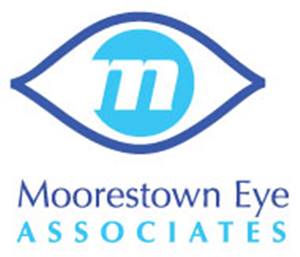Environmental Causes
Hot, dry and/or windy climates, High altitudes, Excessive sun exposure, Central heating, Air
conditioning, Hair dryers, Cigarette smoke, Air pollution, Air travel
Medications: (prescription or over the counter)
Allergy medications, esp. antihistamines, Antidepressants,(e.g. amitriptyline, diazepam), Some blood pressure medications, Parkinson’s medications, Birth control pills, Diuretics, Beta-blockers, Sleeping pills, Many pain medications, Certain medications which regulate heart rhythm irregularities, Decongestants
Contact Lens Wear
Two million individuals abandon soft contact lens wear altogether each year with nearly 50% of these contact lens “dropouts” attributing dryness or discomfort as the primary reason.
Diseases
Parkinson’s disease, Sjögren’s syndrome (an auto-immune disease), Rheumatoid arthritis, Lupus, Lacrimal gland deficiency, Diabetes, Sarcoidosis, Stevens-Johnson syndrome, Rosacea, Blepharitis
Refractive eye surgeries
Dry eye is the most common complaint or adverse event following LASIK.
Hormonal deficiencies or changes
Thyroid conditions, Hormonal changes during menopause, Decreased production of androgen, Estrogen supplementation
Low blink rate
Blinking is critical in spreading tears over the surface of the eye and stimulating tear production. A chronic low blink rate is associated with dry eye symptoms. Computer use, reading, and watching TV are the three activities most commonly associated with a low blink rate.
We use our Tear lab and Inflammadry to analyze tear chemistry for dry eye diagnosis and treatment.


Click here to see which Saturdays we are open.